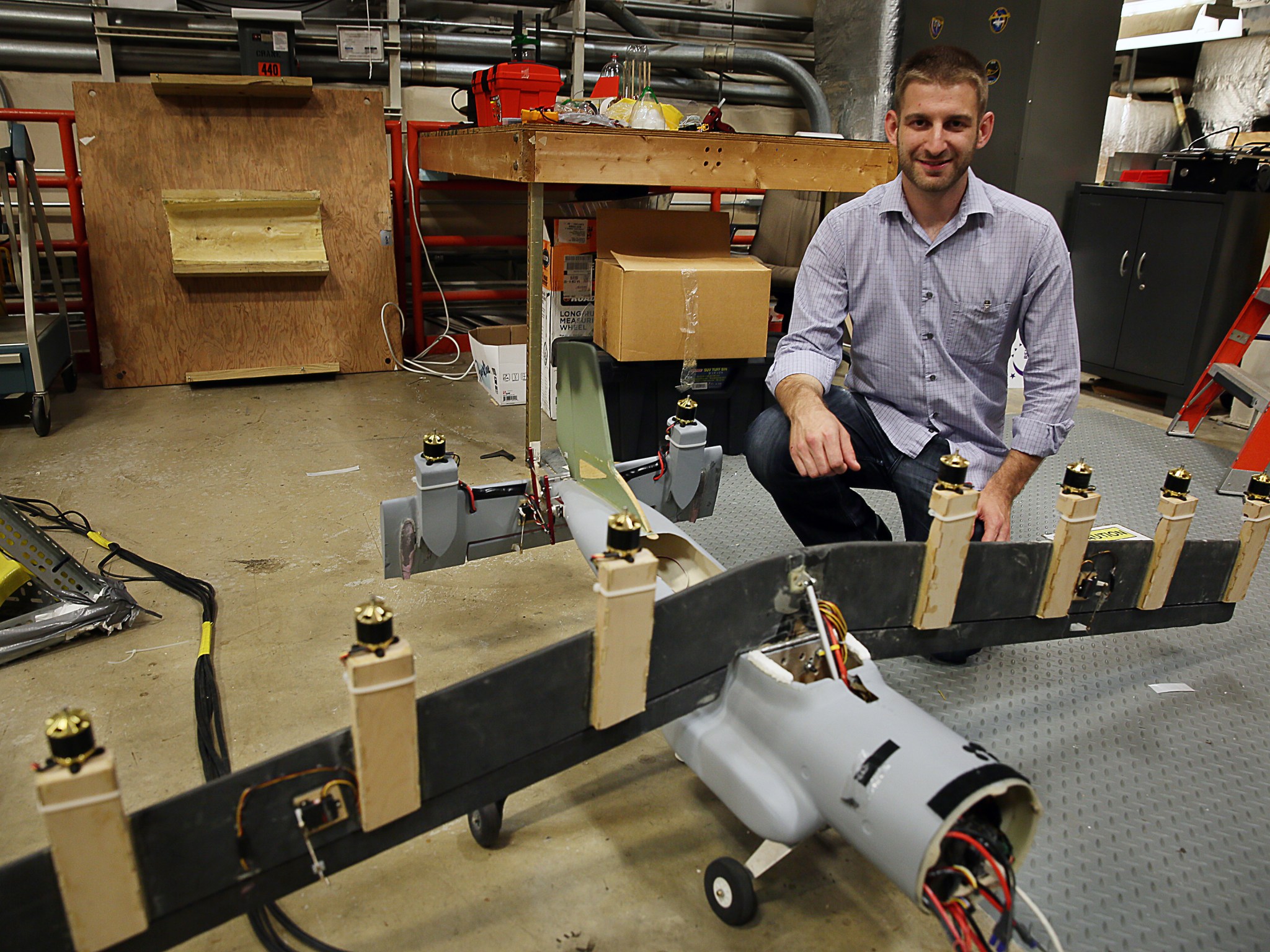My path to NASA has been anything but straightforward.
Unbeknownst to my younger self, I was probably always fated to be an engineer. As a child growing up in Minnesota and Colorado, I spent a great deal of time disassembling anything I could get my hands on to see how it worked, and of course, only rarely did things get put back together correctly.
My high school years did not go as planned, though, and I went to a couple of different high schools before eventually dropping out and getting a GED. A short, unsuccessful stint at the local university followed as I tried to decide what I wanted to do.
I left that university and took some time off to work before obtaining a degree in automotive technology from Aims Community College in Colorado. Although I enjoyed working on cars, it quickly became clear that I desired a greater challenge.
After a mere year and a half as an automotive technician, I entered back into academia at Colorado State University to pursue a degree in mechanical engineering. Originally, I intended to pursue the graduate motorsports engineering program at CSU. However, my interests shifted and I ended up working for a research group in the physics department, initially conducting anisotropy studies of ultra-high energy cosmic rays and later designing and manufacturing components for construction of a high altitude water-Cherenkov gamma-ray observatory.
During my senior year I took an interest in controls engineering and graduated from CSU with a bachelor’s degree in mechanical engineering, and then went off to grad school at the University of Illinois at Urbana-Champaign with no idea of what I was going to do once I got there.
I knew I wanted to study control systems, and spent my first semester at UIUC looking for a research group. Of all the dynamic systems and control groups, the ones that looked like they were doing the coolest projects were the groups researching aerospace control systems. I started my second semester at UIUC working in the Advanced Control Research Lab, focusing on adaptive control for manned and unmanned aerial vehicles, flight simulation, and human-automation interaction related to advanced automatic flight control systems.
I graduated last summer with a master’s degree in mechanical engineering for development of a networked flight simulator environment using MATLAB/Simulink to drive the simulation dynamics, and decided to stick around to pursue a doctorate’s. This year I have also had the privilege of working with the United States Air Force Test Pilot School at Edwards Air Force Base in California developing an adaptive control law for a variable-stability Learjet that flew its first manned sortie back in February.
As it turned out, the lab that I joined at UIUC has collaborated with researchers at NASA Langley Research Center on several projects, and when my advisor asked if I would be interested in going there for the summer through the Langley Aerospace Research Student Scholars, or LARSS program, I jumped at the opportunity.
Two years later, I am spending my third summer at NASA Langley Research Center in the Dynamic Systems and Control branch (now as part of the NASA Interns, Fellows and Scholars, or NIFS, program — the LARSS program concluded its final session in 2014). Each summer has been devoted to flight control system development for the Greased Lightning (GL-10) UAV and its surrogate, the GL-Almost Ready to Fly (GLARF), both of which are prototype tilt-wing and tilt-tail Vertical Take Off and Landing (VTOL) aircraft that use distributed electric propulsion.
The motivation for this aircraft configuration is to have the power to take off and land vertically, while maintaining the efficiency of a fixed-wing aircraft in forward flight. Potential applications for this type of vehicle include package delivery, atmospheric research, and reconnaissance or surveillance. The GL-10 and GLARF present a complex control problem due to their unconventional configuration, and the last three summers spent developing control algorithms and modeling and simulation tools have been fascinating.
Working at NASA has been an incredible experience. Having the opportunity to work closely with such talented, dedicated people on cutting edge technology at a place as storied as Langley Research Center is beyond anything I ever expected. It took a while to get here, but I finally feel like I am where I need to be.



























